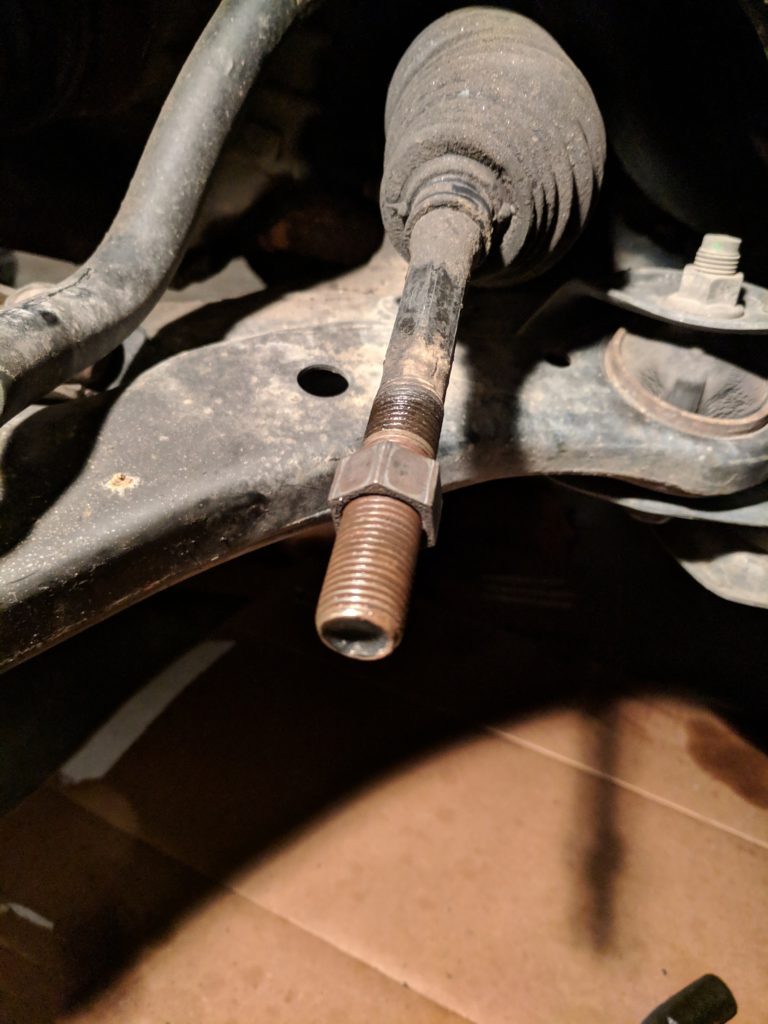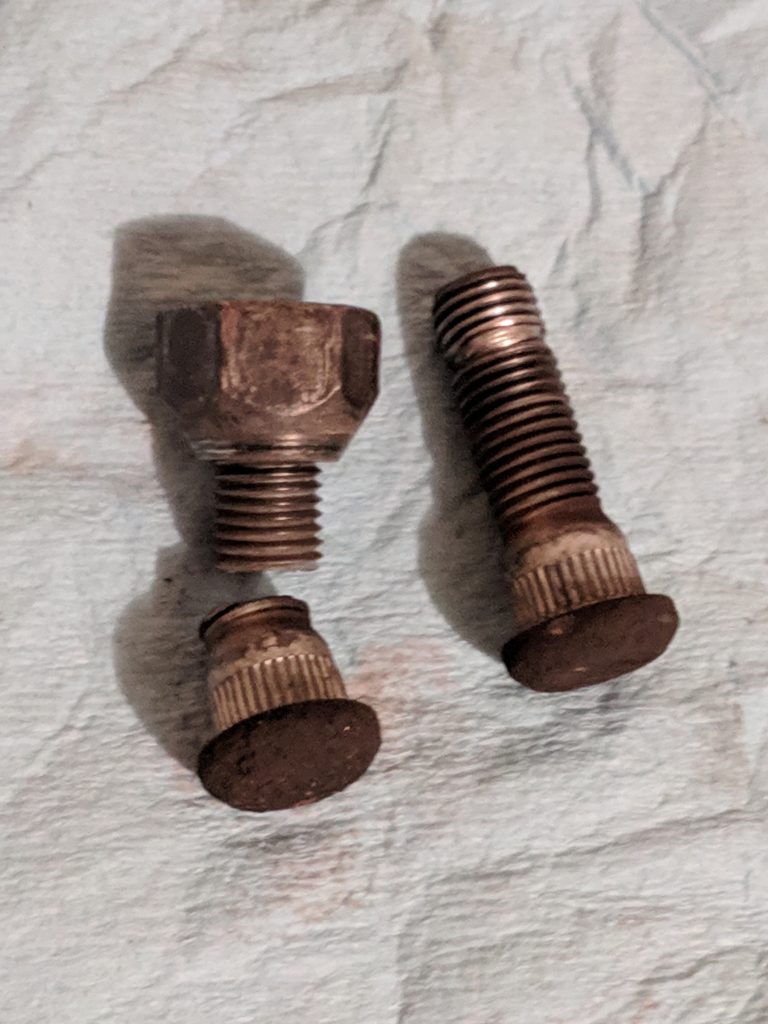There’s one ideal way to own a car: Pay $0 for one that never breaks down. Wouldn’t that be great? Wouldn’t that be one of the best deals ever?
Yeah, well, too bad. Every car decision is some combination of risk. You can pay a ridiculous portion of your net worth for a new car, which saves you from repairs for a few years but is otherwise a rapidly depreciating asset, or you can pay very little for a used car that just might blow it’s head gasket next week. Pick your poison. You will find any number of suggestions about what you “should” do. Some people think you should always buy new cars and sell them before the warranty ends; others think you should always buy used cars and save yourself the depreciation. But if everyone bought new our world would be trashed even more than it already is, and if everyone bought used, well, eventually there would be nothing left.
Personally, I always buy used. I look for models with the fewest complaints against them and specific cars that preferably have only had one or two previous owners. I thus far have preferred mid-size sedans with front-wheel drive. My target range has been $3000-6000, but I have considered cheaper cars, and I have also thought it would be really nice to be able to buy a $10,000 car in cash. Ideally, I’d have 10k sitting in the bank for another car if/when that day comes.
But here’s the kicker. I’m comfortable buying older cars because I do most of the work on my cars. I’m a fairly outspoken proponent of understanding how cars work and doing the work yourself, but my faith in this latter position has been shaken on several occasions. And this stems from the fact that working on your car can really, really suck.
Earlier today, I was engaged in fierce battle with my Camry. I had needed to change the tie rods for awhile, so I decided to finally get things rolling. This was one step in a series of things needing to be done. I needed to replace a lug nut, change the tie rods, get the tires rotated and balanced, wash the car, and then get an alignment. My tires have started to feather a bit and the steering wheel has been off ever so slightly since the last rotation (a sign that the tires may be wearing unevenly).
So Saturday I decided to go to my parents’ to change the tie rods, which had been leaking grease a tad and had started creaking more. It’s a fairly easy procedure. Loosen the lug nuts, put the car up on jack stands, break tie rod the lock nut free, take the castle nut off, use a device to pop the tie rod free of the steering knuckle, then unscrew the tie rod. Reverse with the new tie rod. It’s one of the easier jobs.
I swapped one side in less than half an hour, then went to the other side. Everything was going fine until I tried to back the lock nut off: it ended up twisting the entire inner tie rod, though it did “break free” of the outer tie rod. This is not good, because that nut needs to move freely for proper alignment. So I spent a large portion of Saturday dousing it in PB Blaster ,hoping this would soak in and free the rust, then taking the impact driver to it while holding the inner tie rod in place with an adjustable wrench. I even took a propane torch to the nut. I then talked to one of my mechanic friends to get some more ideas and see if I was crazy or not. Nope, it happens. There are more effective torching methods, but I didn’t have those. “Letting it soak” is something I keep coming across, too, but I couldn’t believe it was having so much difficulty. (My suggestion for avoiding this problem is to soak any suspension part you may be planning to change in PB Blaster, and do this a day or two ahead of time!)

So I put the old tie rod back on, torqued everything down, and went home, frustrated beyond belief. It’s just tie rods, what the hell?
So after waiting for a day, my hope was to finish the job. I went to my parents’ again, put the car in the garage, and started to loosen the lug nuts. But there was a problem: two lug nuts were not coming free. They had been just fine the day before. I didn’t know what else to do – it didn’t make sense. Using a breaker bar, I kept unwinding one of the lug nuts. And then…it completely sheered off.

So now I was miserable. I had a great many choice words and slunk into a garage floor catastrophe coma. Was this really happening? How had what should have been a simple job turned into…this? What was I going to do? I could still tighten the other stuck lug nut down, since THAT one hadn’t sheered off yet, and with four lug nuts, I could (somewhat) safely get my car to a shop. If I took a risk on the second one and it sheered off as well, I’d be looking at getting the car towed, or replacing the hub, which could easily be it’s own nightmare, and would definitely require me to stay the night at my parents’ and probably take the next day off work.
Now, deep in the recesses of my mind, I remembered knocking a few lug bolts out of their hub. At the junk several years ago, I had found a freed knuckle assembly lying in front of an old Corolla and had bought it to test on my new press. At some point I had needed to remove the lug bolts before I could press the bearing out. So as I looked online today for answers to my situation, there was suddenly a light at the end of the tunnel to realize that individual lug bolts can in fact be replaced with removing the hub. Of course. Sweet!
At a few bucks a pop, I bought three new lug bolts from Napa, as well an inner tie rod, boot, extra lug nuts, and then an inner tie rod tool from another shop. I’m not saying I wanted to change the inner tie rod, but there was no guarantee that bolt was coming off, and I was not taking any chances!
I don’t have a picture, unfortunately, but it turns out that when you take the rotor, caliper, and caliper mounting bracket off, there is a divot in the knuckle specifically designed for the removal of lug bolts. I actually knocked the first one out with a hammer when it was on another side, since there’s just enough clearance. The second one I aligned to the proper location, and I used a special tie rod puller (oddly enough) that forced the bolt out smoothly and without the jarring effects of the hammer. You get the new lug bolts in by pushing them through the back as far as you can, putting a washer around the front, then torquing a lug nut down so as to pull the lug bolt into place inside the hub. Very fortunately, my impact driver (not to be confused with an impact wrench), was up to the task. Really wish I’d taken a picture of this, but oh well. Also, I should definitely buy an impact wrench.
Also, the lock nut did actually come off the inner tie rod. This was such a relief! There’s definitely something to be said about soaking suspension parts in penetrating oil and waiting a day or two before attempting to remove those parts. I could have changed the inner tie rod while I was down there, it probably would not have hurt anything and the car is getting an alignment anyway, but those can be tricky as well, and more work was the very last thing I wanted to deal with. I put a lot of anti-seize grease on the inner tie rod before putting the new outer tie rod into the place. (Trick: if you put a few beads of anti-seize on the tie rod, the lock nut and/or outer tie rod will spread the anti-seize along the threads for you)
So it all turned out, and tomorrow I’ll get my rotation and alignment figured out and probably drop the car off at a nearby shop that I can walk home from. I can always get alignments from my friend, but I think he’s a bit busy right now :).
Great, but what does this have to do with working on cars?
Well, like I said, sometimes it really sucks. Today really sucked, except that it worked out and I learned something new. I’ve had tie rods go very smoothly, I’ve even had axles go very smoothly. But other times I’ve collapsed on the floor of the garage in mental agony. I’ve also made some mistakes that could have been extremely dangerous. It takes the right conditions, the right tools, and a certain level of grit to pull some of these repairs off. It takes money, too. Shops aren’t cheap, but tools aren’t either. I would argue that tools are cheaper than shops, but you also have to consider the value of your sanity.
Once again, there is no conclusion to this post! I still think people can only benefit from understanding how their cars work, but for all the work I’ve done, I still come across awful little situations like this past weekend. I’m struggling to know what to recommend, honestly. For one, it’s worth having tools for those “oh, shit” moments, and I think it definitely helps to be over prepared for the job at hand. I may follow this post up with some suggestions on how to go about these DIY repairs. Half the battle is just knowing what you’re truly up against, and that’s the problem with recommending people do the work on their cars. You simply can’t predict what you’ll be up against. Doing it yourself only makes sense under certain conditions.